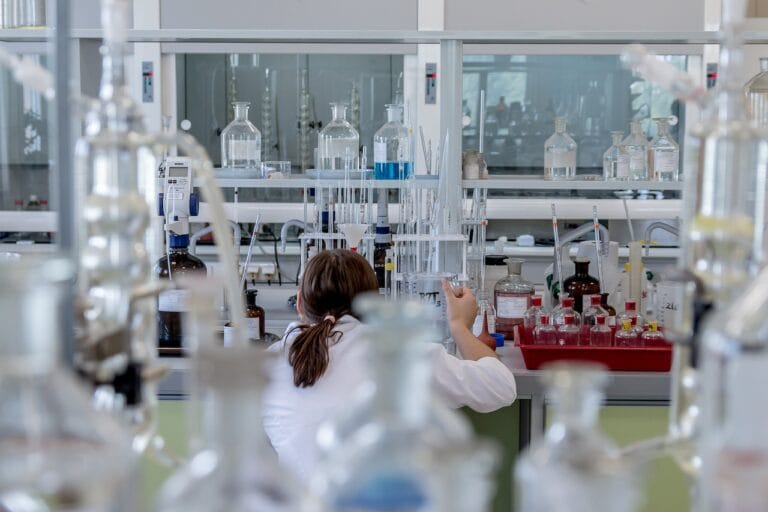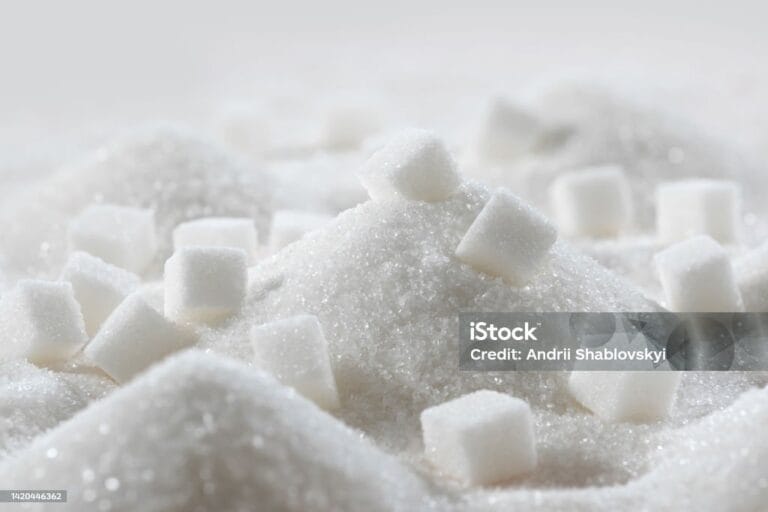Carbocations
Carbocations are the most important reactive intermediate in many kinds of reactions, and nucleophilic substitution is one of them. These carbocations have a special place in organic chemistry because of many factors, like their rearrangements to gain stability, etc. Structure and hybridization of carbocation: The central carbon of carbocation is sp2 hybridized because one s…

